Not all racking systems are the same, but, there are several components in most solar racking solutions:
1. Flashings
Installing solar panels on a roof involves drilling holes susceptible to leaking if they're not adequately covered. Flashing is a material that stops water from leaking through your roof, usually as a thin, rectangular piece of aluminum sheeting. An installer will insert flashing underneath shingles on a traditional asphalt tile roof. For roofs made with tile, metal, rubber, or wood, your installer will use specially designed flashings that fit the unique shape of your roofing material.
2. Mounts
Solar panel systems are attached to your roof with mounts. Mounts are sometimes referred to as "feet" and are usually attached to your roof with a bolt through the flashing and into a rafter, securing your whole system. There are many varieties of mounts used in different racking systems. Solar installers need access to your attic or the underside of your roof during an initial site visit to ensure that your rafters are structurally intact and appropriately spaced to accommodate the mounts for your solar panel system.
3. Rails
Mounts hold up rails, the component of solar racking that your solar panels sit directly on top of. They are often long aluminum tracks installed vertically or horizontally on your roof plane. Several alternative rail setups exist to standard rails, such as rail-less or shared-rail. An added benefit of rails is that they provide a clear space to run the wiring of your solar panel system, helping to reduce clutter and improve the safety and aesthetics of your installation.
4. Clamps
To keep solar panels secured in place on racking, installers use clamps, which link solar modules to the rails below. Installers will often use both mid-clamps and end-clamps on an installation. Mid-clamps sit between solar panels and them in place on two sides, while end-clamps sit at the ends of the full system and are typically larger.
Quick Mount PV and EcoFasten
You can install solar on most roof types, but penetrating roof mounts aren't the best option for every roofing material. Quick Mount PV and EcoFasten are two solar panel rack manufacturers that have developed more specialized products for specific roof types, including standing seam metal roofs and clay and Spanish tile roofs.
If you have a standing seam metal roof, your installer can use Quick Mount PV and EcoFasten mounting systems to clamp onto the roof's seams without making any holes. Drilling holes in the roof is a time-consuming process that has to be done carefully so your roof remains watertight after installation. Your installer can speed up the installation by using Quick Mount PV or EcoFasten racking on standing seam metal roofs.
Solar racking clamped to a standing seam metal roof
Clay and Spanish tile roofs are more brittle and easier to break than asphalt, composite, or metal roofs. Quick Mount PV has developed a Tile Replacement Mount to make installing solar on clay and Spanish tile easier. Tile Replacement Mount products are shaped like roof tiles and can be swapped with existing tiles on your roof. In addition to making the installation process easier, they ensure your solar installation is watertight since your installer isn't making holes in your roof to mount your panels.
Quick Mount PV Tile Replacement Mounts on a Spanish tile roof

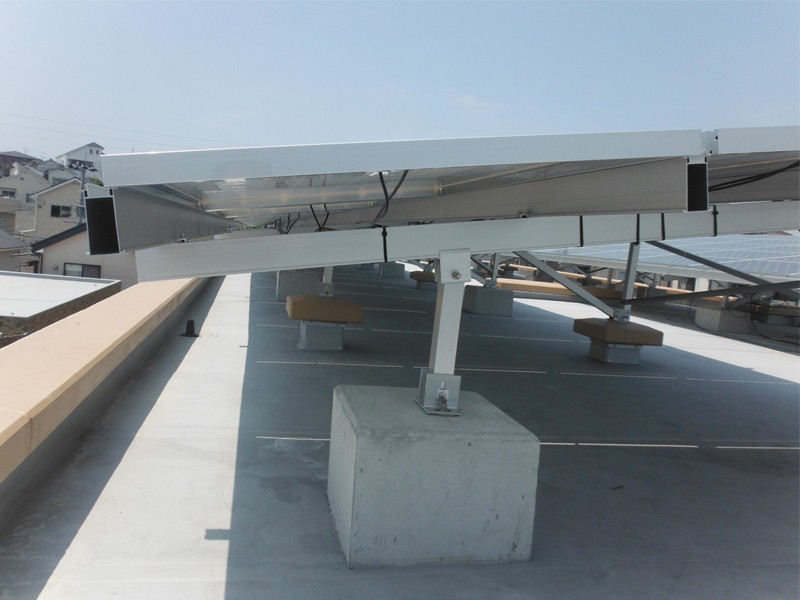
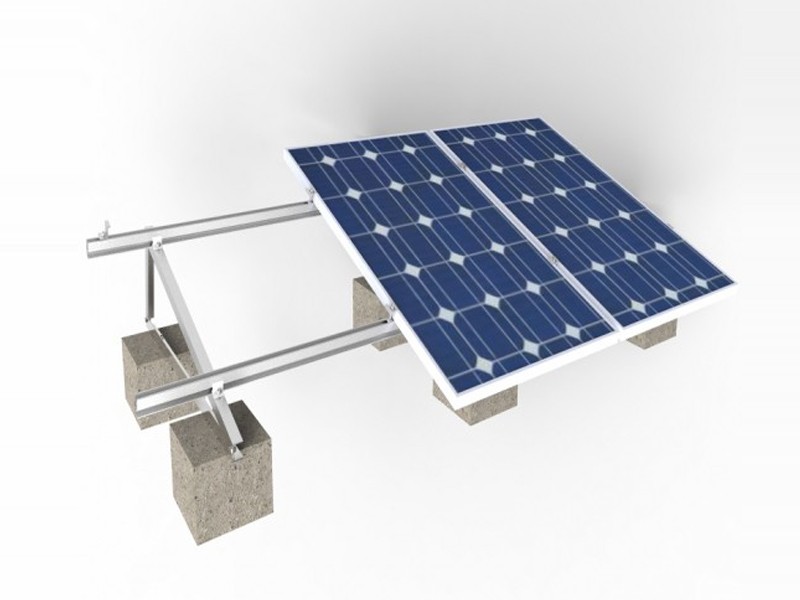
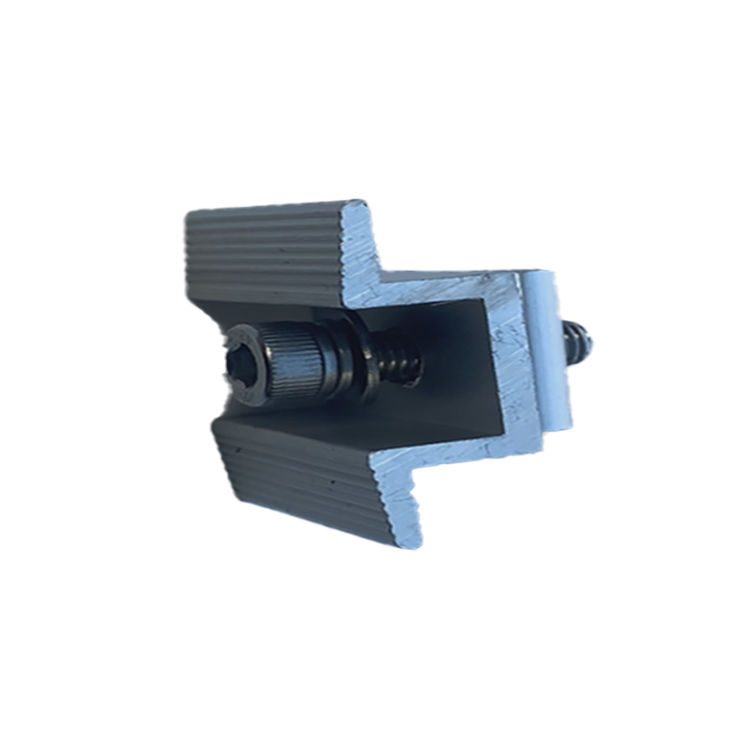
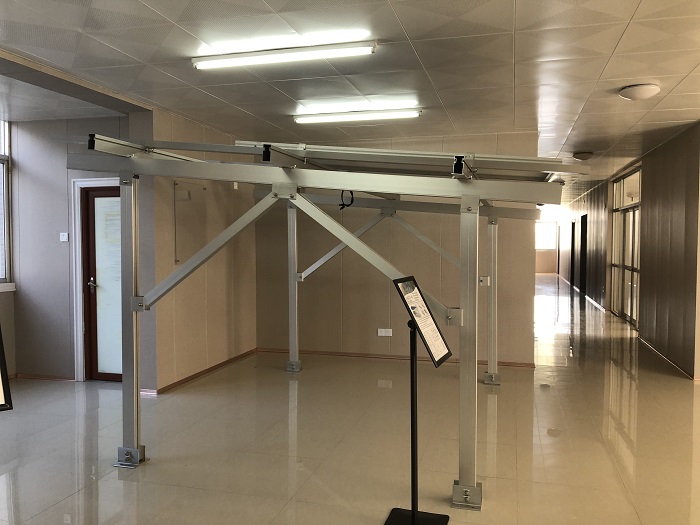

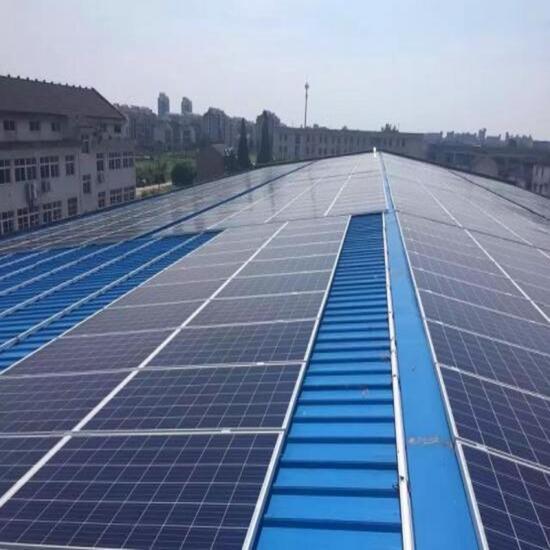
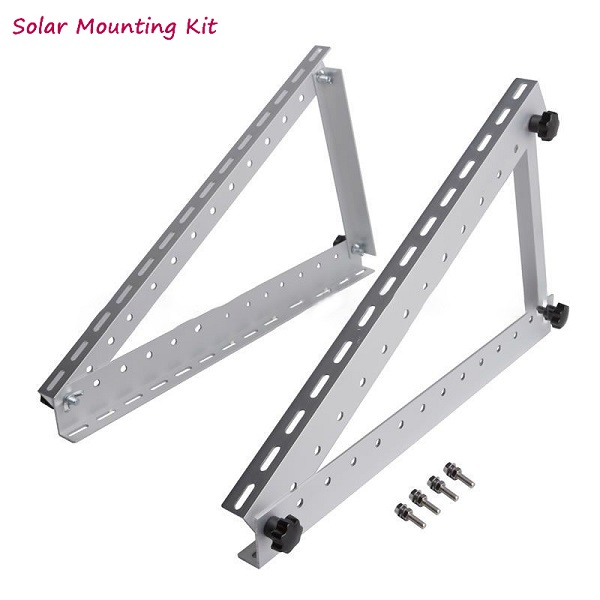

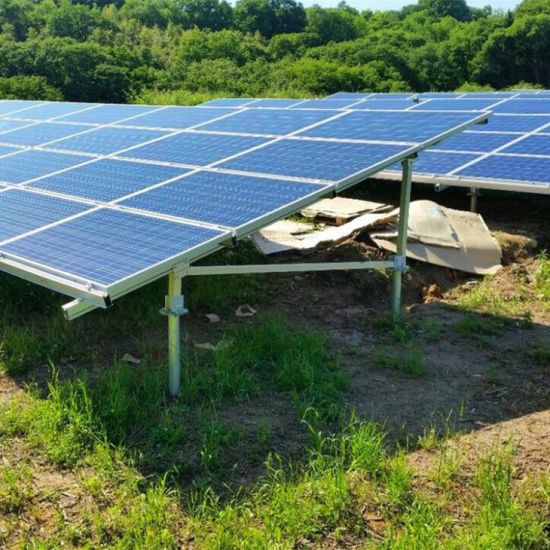
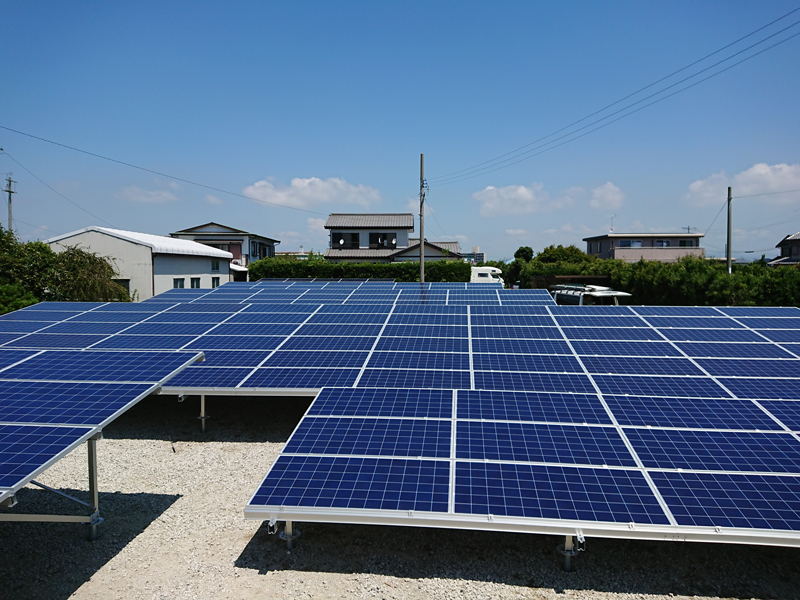
:quality(70))
:quality(70))
:quality(70))
:quality(70))
:quality(70))
:quality(70))